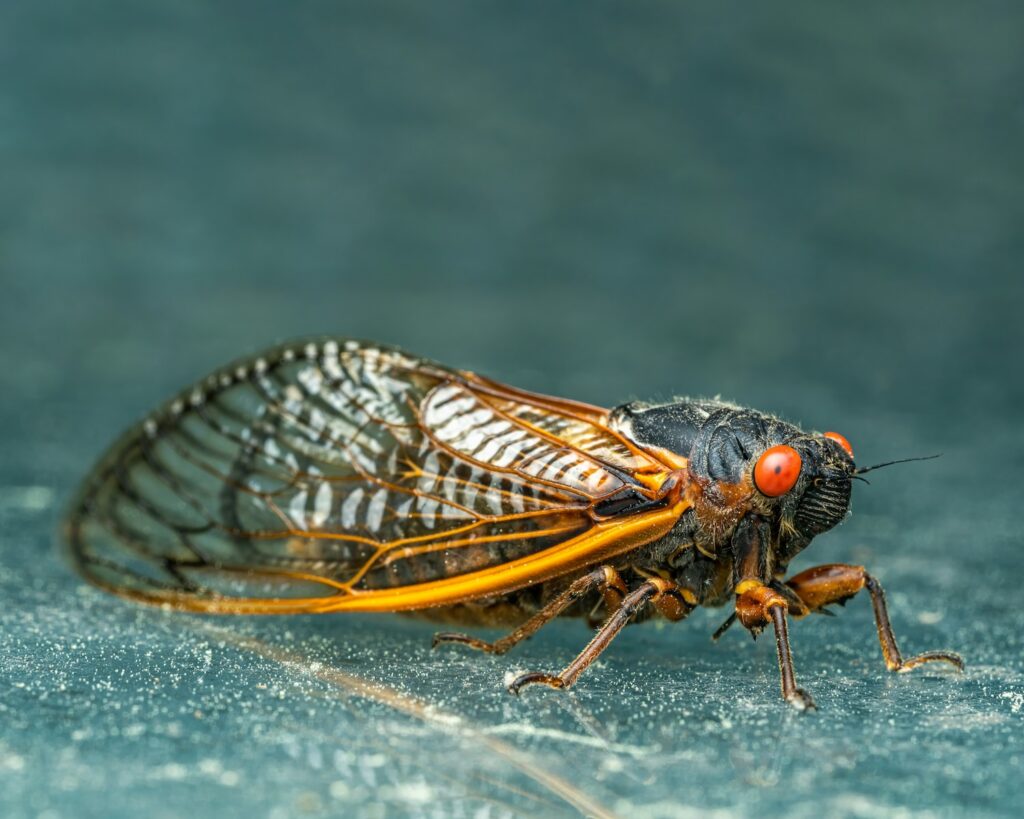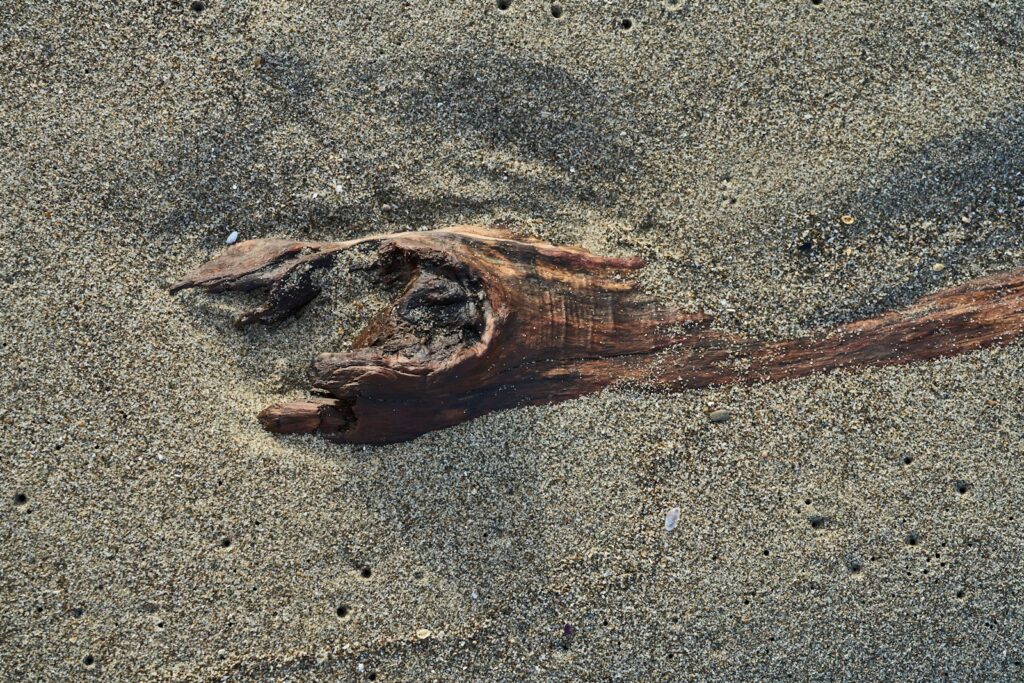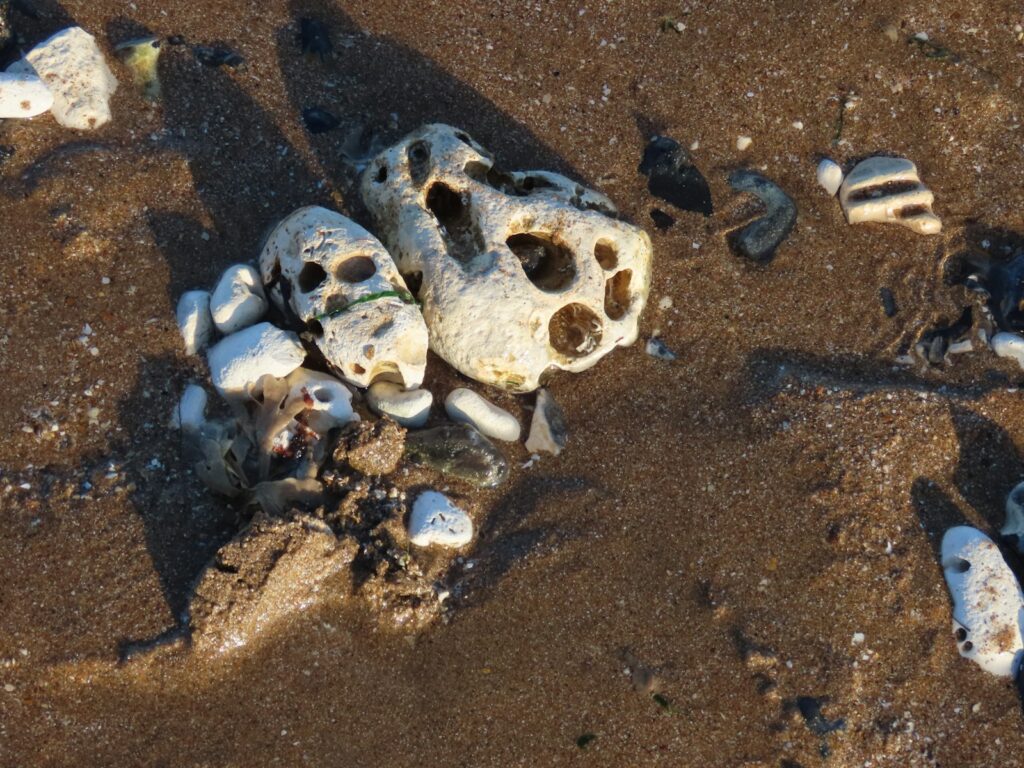Long before Megalodon ruled the oceans, an incredible dynasty of prehistoric sharks dominated the waters alongside the dinosaurs. These ancient predators weren’t just evolutionary stepping stones – they were fearsome hunters that developed revolutionary hunting strategies and body designs that would make modern great whites seem tame. For over 200 million years, these primordial sharks perfected the art of oceanic predation in ways that would forever change marine ecosystems. Their fossilized remains tell stories of epic battles, ingenious adaptations, and survival strategies that allowed them to thrive in seas teeming with marine reptiles, giant fish, and creatures that defy imagination.
The Dawn of Shark Supremacy
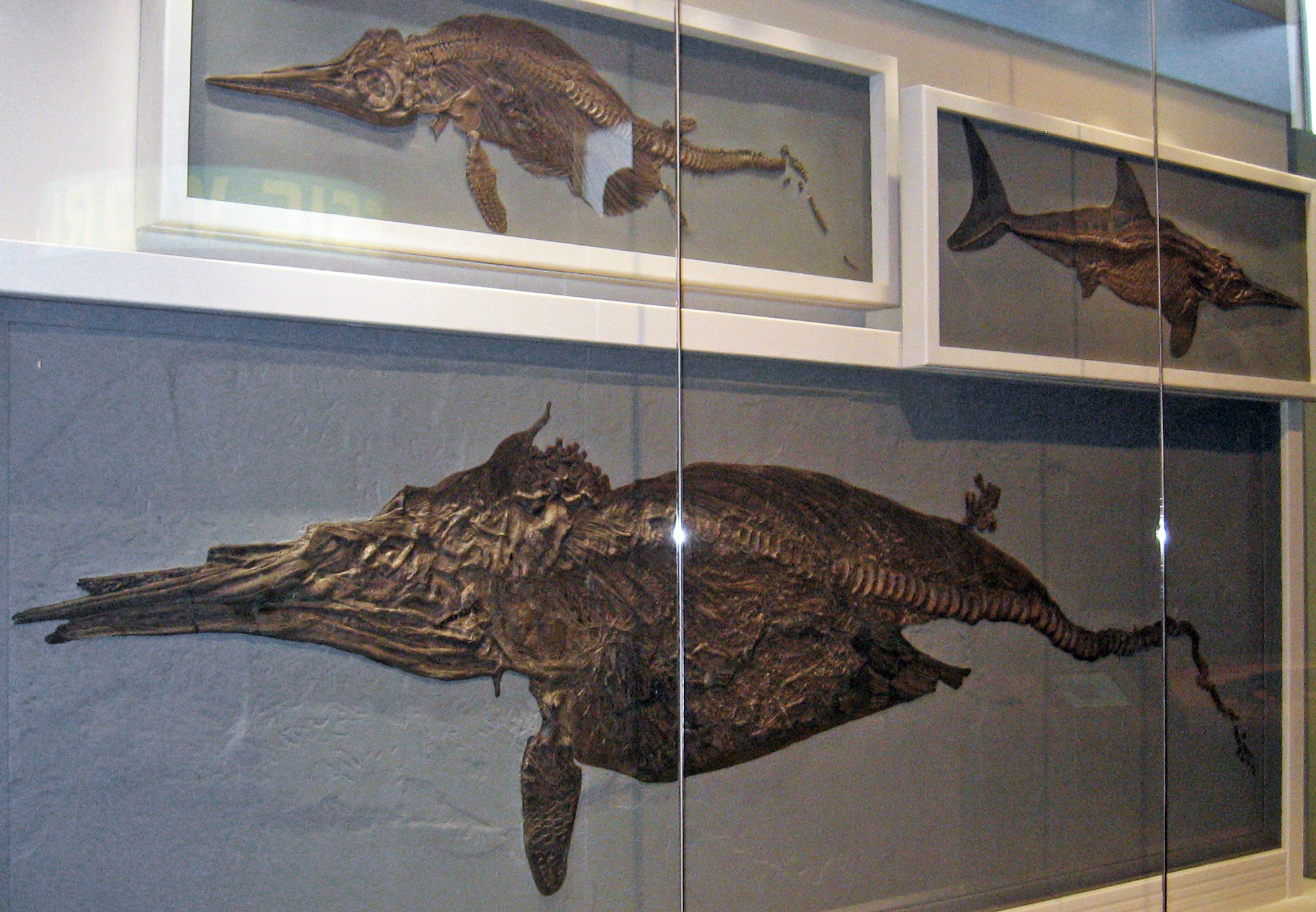
The Mesozoic Era marked a revolutionary period in shark evolution, beginning around 252 million years ago when these cartilaginous predators first began diversifying into forms we’d recognize today. Unlike their Paleozoic ancestors, these new sharks developed more sophisticated jaw structures and hunting mechanisms that gave them unprecedented advantages in prehistoric seas. The warm, shallow seas of the Triassic Period created perfect conditions for shark evolution, with abundant prey and diverse marine environments.
During this time, sharks began developing the classic torpedo-shaped bodies and powerful tail fins that would become their signature design. The extinction event that ended the Permian Period had cleared ecological niches, allowing sharks to expand into new roles as apex predators. These early Mesozoic sharks laid the foundation for all modern shark families, establishing hunting patterns and body plans that persist today.
Hybodus: The Swiss Army Knife of Prehistoric Sharks
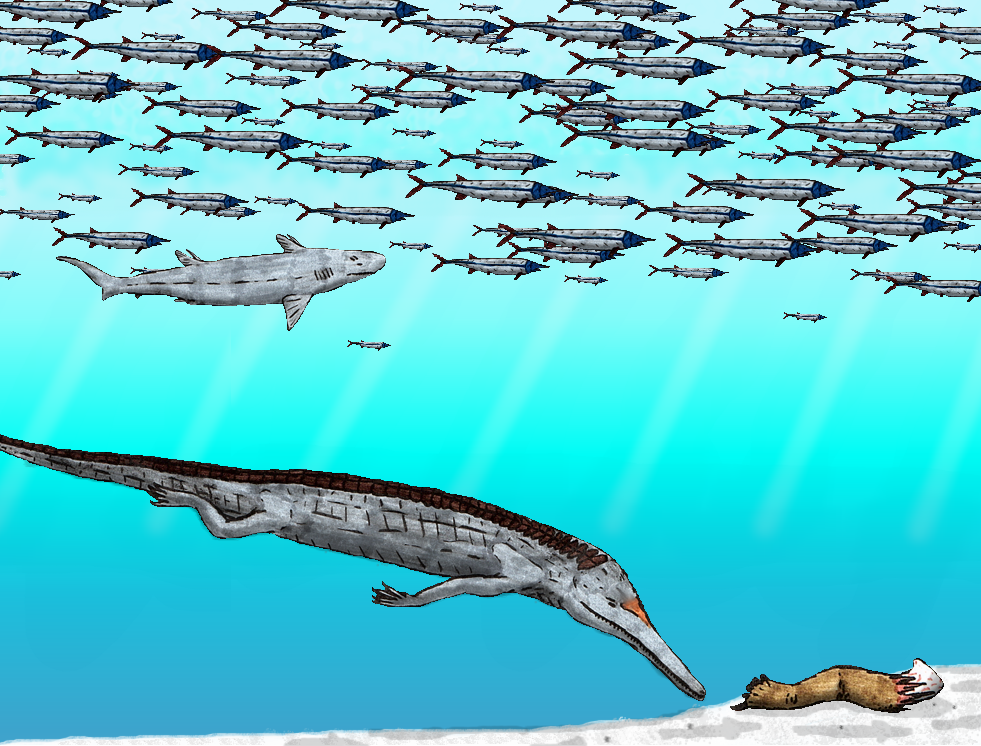
Hybodus represents one of the most successful shark lineages ever, dominating oceans for over 100 million years from the Late Permian through the Cretaceous periods. These remarkable predators possessed a unique combination of different tooth types within the same mouth – sharp, pointed teeth for gripping prey and flat, crushing teeth for breaking shells and bones. This dental diversity made them incredibly versatile hunters, capable of tackling everything from fish to marine reptiles to hard-shelled invertebrates.
What made Hybodus truly formidable were the defensive spines positioned in front of their dorsal fins, similar to modern horn sharks but much more prominent. These spines could be locked into position, making the shark difficult to swallow and providing protection against larger predators. Fossil evidence suggests some Hybodus species grew up to 8 feet long, making them significant players in Mesozoic marine food webs.
Cretoxyrhina: The Ginsu Shark Terror
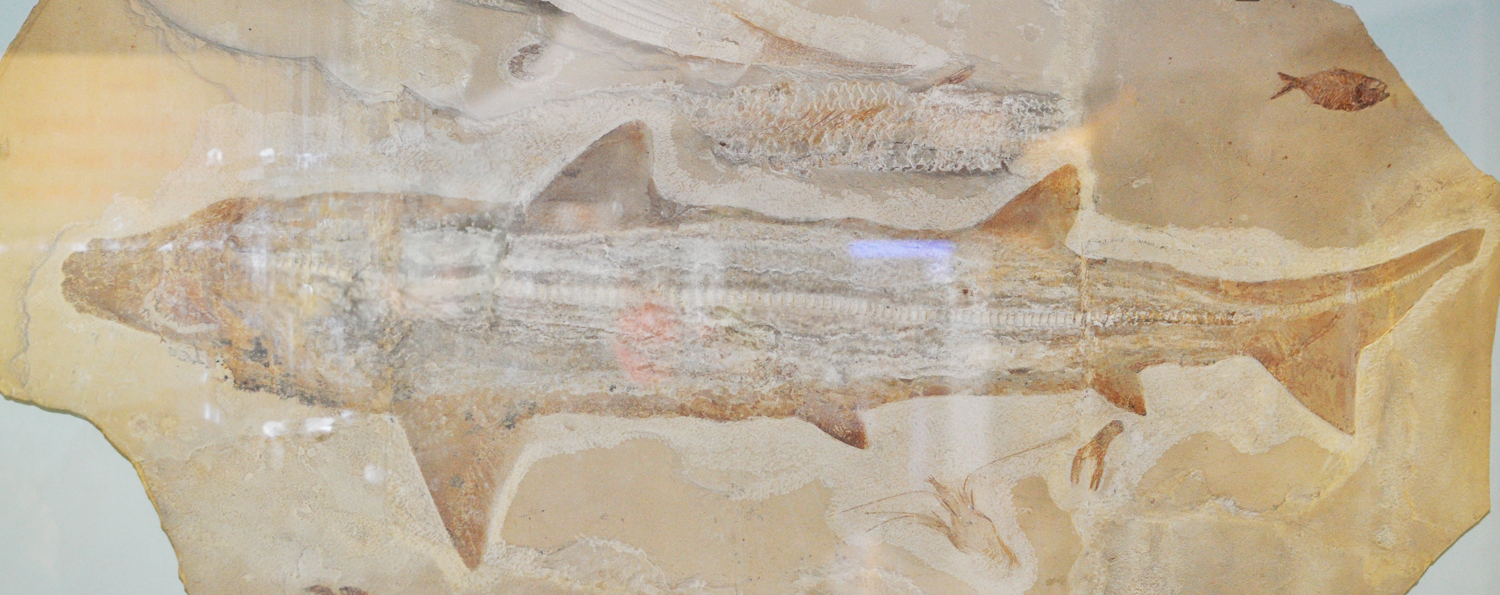
Nicknamed the “Ginsu Shark” for its razor-sharp serrated teeth, Cretoxyrhina mantelli was arguably the most fearsome predator of the Late Cretaceous seas. Growing up to 24 feet in length, this massive shark possessed teeth that could slice through bone and cartilage with surgical precision. Fossil evidence reveals that Cretoxyrhina regularly hunted and consumed marine reptiles, including plesiosaurs and even smaller mosasaurs.
The Western Interior Seaway, which split North America during the Cretaceous, became Cretoxyrhina’s hunting ground where it reigned supreme for millions of years. Paleontologists have discovered fossil remains of various marine reptiles with distinctive Cretoxyrhina bite marks, providing direct evidence of this shark’s predatory prowess. Its teeth were so effective that they inspired the shark’s comparison to the famous Japanese kitchen knives, highlighting their incredible cutting ability.
Squalicorax: The Crow Shark’s Cunning Strategy
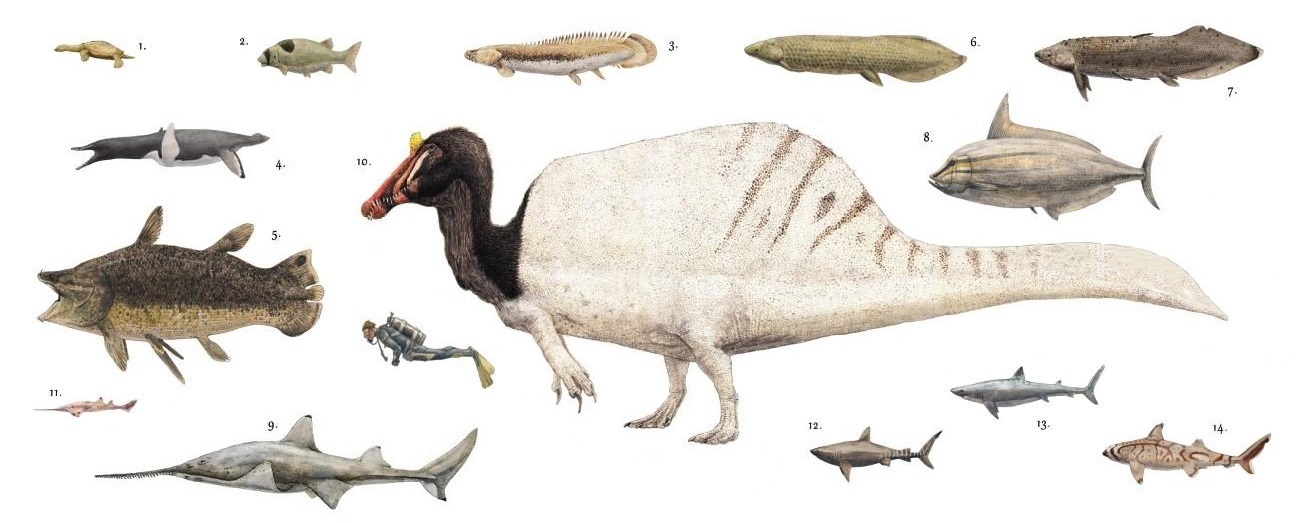
Squalicorax, commonly known as the “crow shark,” employed a completely different hunting strategy than its larger contemporaries. These medium-sized sharks, reaching about 6 feet in length, were the opportunistic scavengers of the Cretaceous seas. Their name derives from their resemblance to modern tiger sharks, but their behavior was more akin to underwater vultures, following larger predators to feed on scraps and wounded prey.
What made Squalicorax particularly successful was its ability to exploit the abundance of dying and dead marine life in the prehistoric oceans. These sharks possessed excellent sensory capabilities that allowed them to detect blood and distress chemicals from great distances. Their teeth were perfectly designed for tearing flesh from carcasses, and their relatively small size allowed them to access feeding opportunities that larger predators couldn’t exploit.
Asteracanthus: The Spiny Giant of Ancient Seas
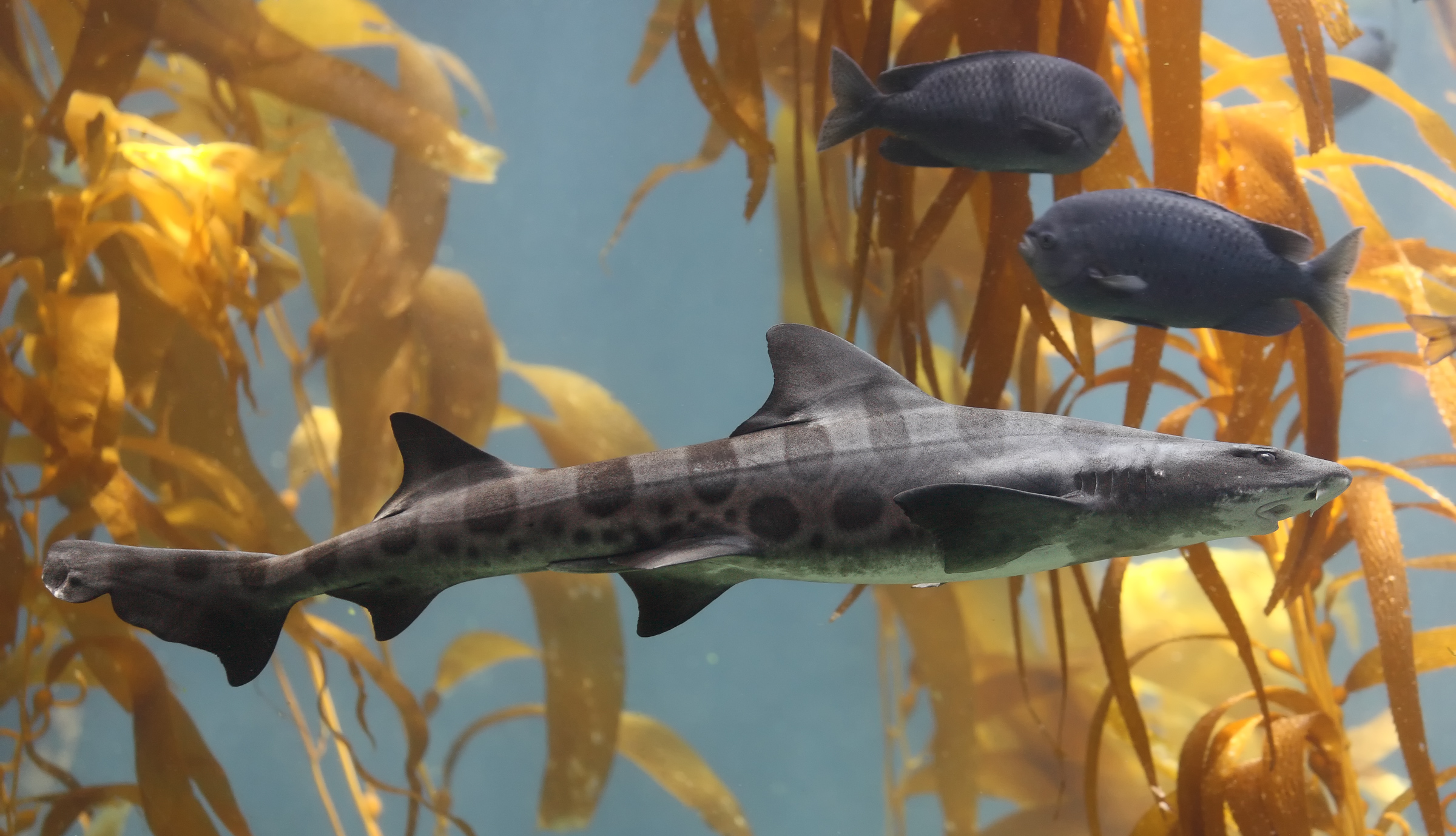
Asteracanthus stood out among prehistoric sharks for its impressive size and distinctive spiny appearance. These massive sharks, potentially reaching lengths of 30 feet, dominated the Jurassic seas with their unique combination of size and defensive capabilities. Their most striking feature was a series of large, ornate spines that projected from their dorsal fins, creating an intimidating silhouette that likely deterred potential predators.
The spines of Asteracanthus weren’t just for show – they were functional defensive weapons that could be erected when threatened. These structures were often beautifully preserved in fossil form, showing intricate surface patterns and robust construction. The combination of massive size and defensive spines made Asteracanthus one of the most formidable creatures in Jurassic marine ecosystems, capable of both hunting large prey and defending against marine reptile attacks.
Helicoprion: The Buzzsaw Mystery
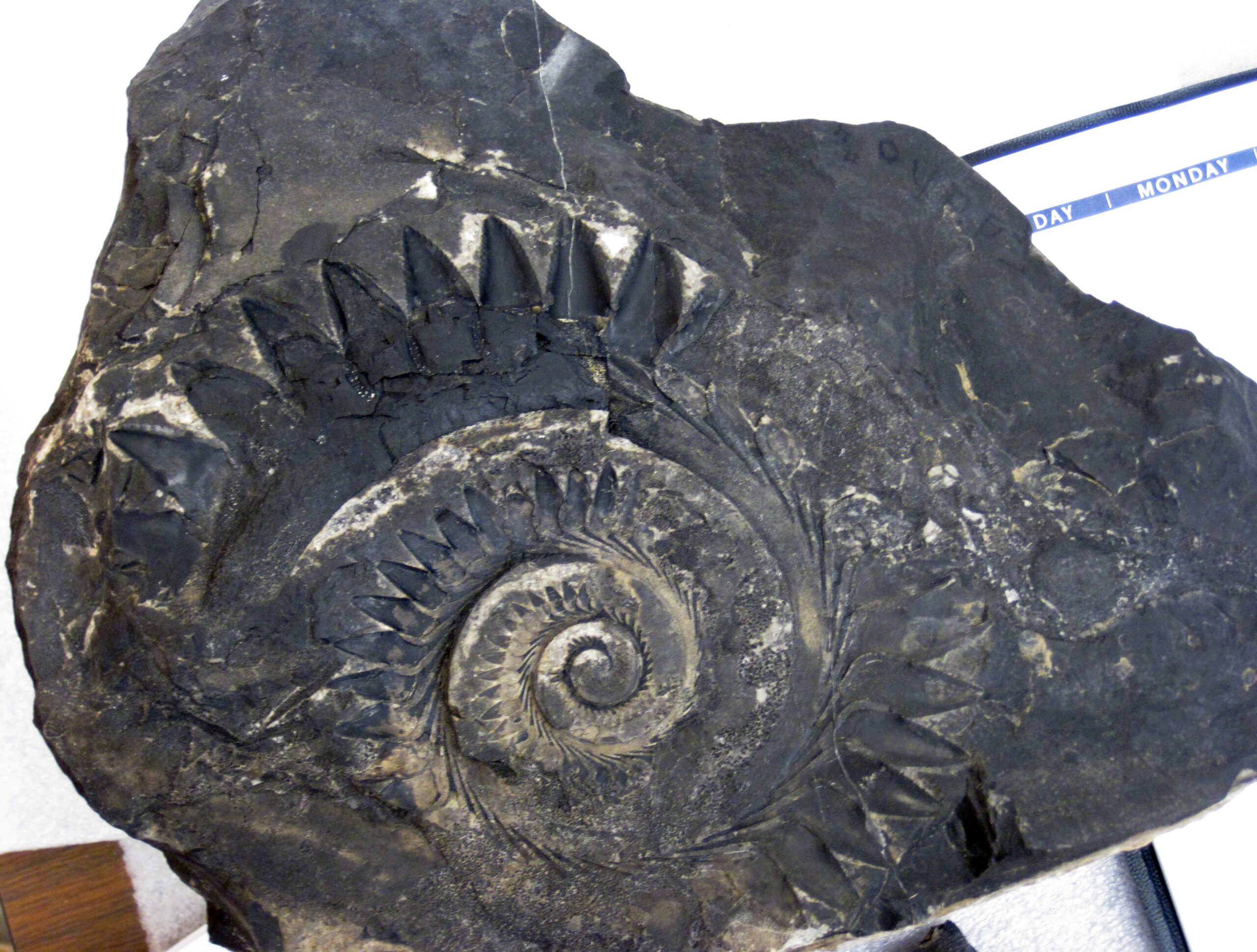
Perhaps no prehistoric shark captures the imagination quite like Helicoprion, the enigmatic “buzzsaw shark” that lived during the Permian Period. This bizarre predator possessed a lower jaw filled with a spiraling whorl of teeth that resembled a circular saw blade. For decades, paleontologists debated how this strange dental arrangement actually functioned, with theories ranging from shell-crushing to prey manipulation.
Recent research suggests that Helicoprion’s tooth whorl was positioned inside the mouth, functioning like a conveyor belt that continuously brought new teeth into cutting position. This unique adaptation allowed the shark to process soft-bodied prey like squid and fish with unprecedented efficiency. The tooth whorl could contain dozens of teeth in a single spiral, creating a cutting mechanism unlike anything seen in modern sharks.
Ptychodus: The Shell-Crushing Specialist

Ptychodus evolved one of the most specialized feeding strategies among prehistoric sharks, developing massive, flat teeth perfectly designed for crushing shells and hard-bodied prey. These sharks, living during the Cretaceous Period, possessed dental batteries that could generate enormous crushing forces, allowing them to exploit food sources unavailable to other predators. Their teeth were arranged in pavement-like patterns that maximized crushing efficiency.
The success of Ptychodus lay in its ability to access the abundant mollusk populations of Cretaceous seas. While other sharks competed for fish and marine reptiles, Ptychodus had virtually unlimited access to clams, oysters, and other shelled creatures. This specialization allowed them to grow to impressive sizes, with some species reaching lengths of 30 feet while maintaining their role as the ocean’s ultimate shell-crackers.
Cladoselache: The Primitive Perfection
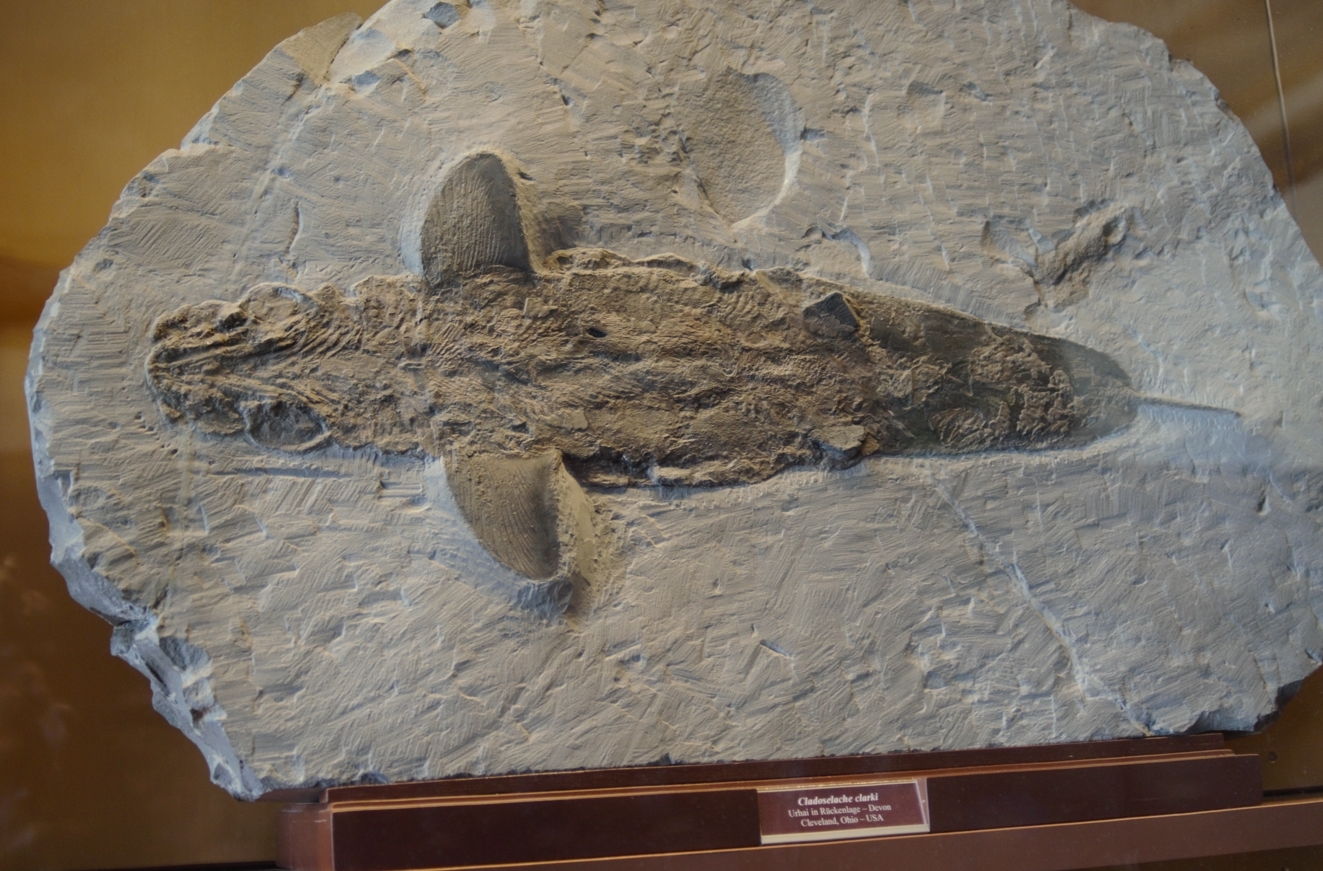
Cladoselache represents one of the earliest “modern” sharks, living during the Devonian Period around 380 million years ago. Despite its ancient origins, this remarkable predator possessed many features that would become standard in later shark evolution. Its streamlined body design and powerful swimming capabilities made it an efficient hunter in the ancient seas, capable of pursuing fast-moving prey with surprising agility.
What makes Cladoselache particularly fascinating is how closely it resembled modern sharks despite evolving so early in shark history. Its fin structure, body proportions, and even its hunting posture were remarkably similar to contemporary species. This suggests that the basic shark body plan was perfected very early in their evolutionary history, providing a template that would prove successful for hundreds of millions of years.
Otodus: The Megalodon’s Mighty Ancestor
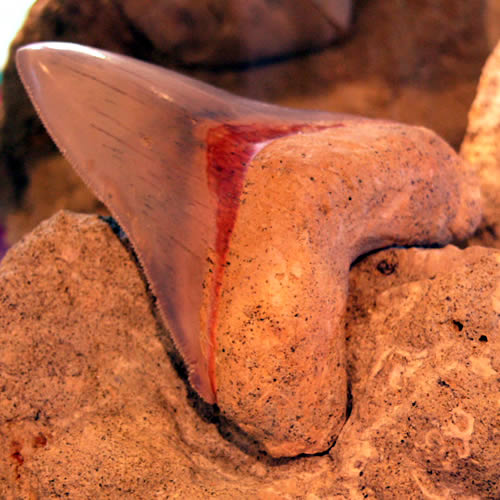
Otodus obliquus stands as one of the most important sharks in evolutionary history, representing the ancestral lineage that would eventually give rise to the famous Megalodon. Living during the Paleocene and Eocene epochs, these massive predators could reach lengths of 30 feet and possessed triangular teeth with distinctive side cusps. Their hunting prowess and size made them apex predators of the early Cenozoic seas.
The evolutionary journey from Otodus to Megalodon represents one of the most dramatic size increases in shark history. These ancient sharks developed the powerful jaw mechanics and massive body size that would characterize their descendants. Fossil evidence suggests that Otodus hunted large fish, marine mammals, and even other sharks, establishing the predatory patterns that would define the megatooth lineage.
Xenacanthus: The Freshwater Invader
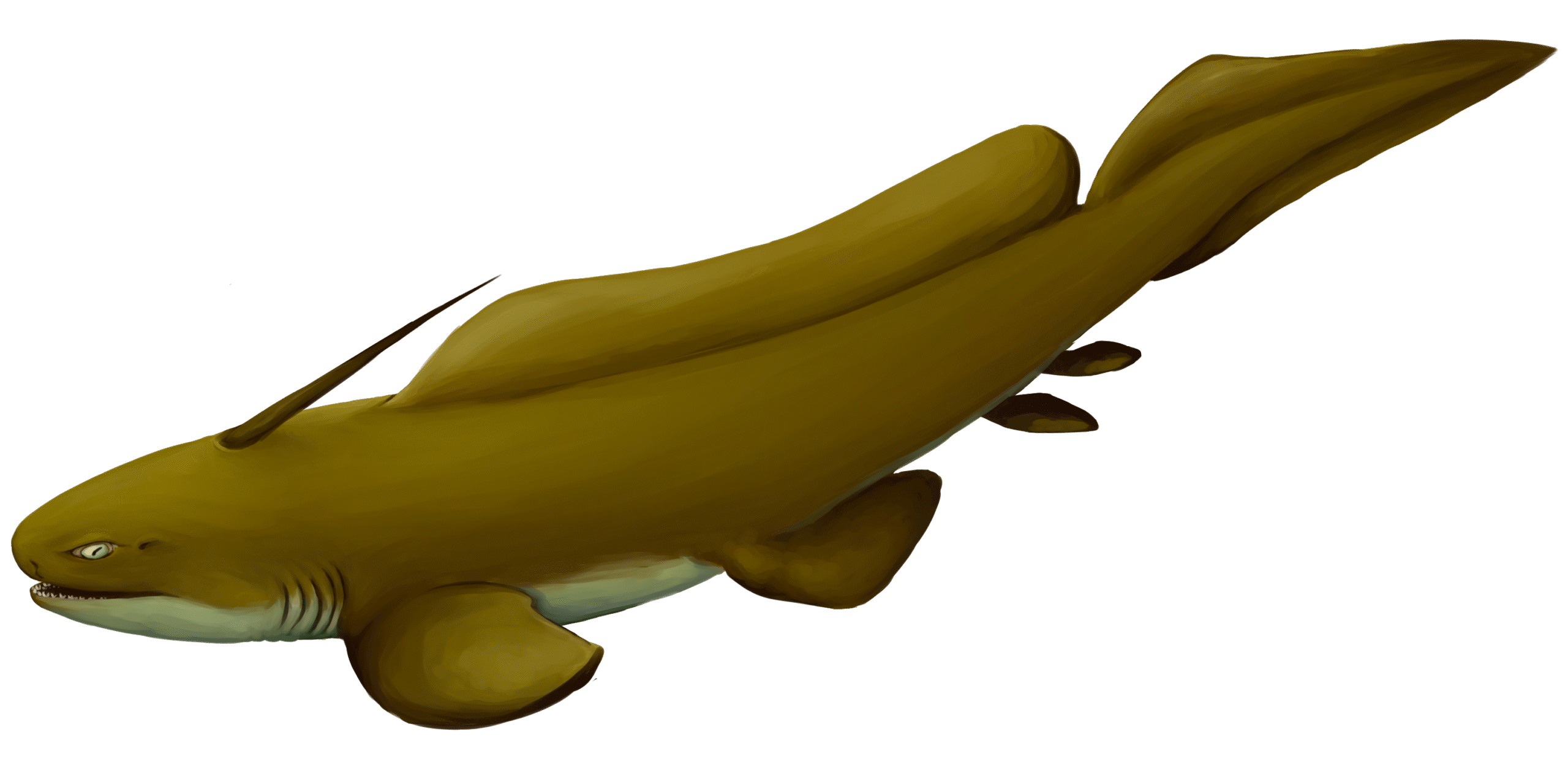
While most prehistoric sharks ruled the oceans, Xenacanthus took a different path, becoming one of the few sharks to successfully colonize freshwater environments. These distinctive sharks, living from the Carboniferous through the Triassic periods, possessed a unique eel-like body shape and a prominent spine projecting from the back of their heads. Their adaptation to rivers and lakes represented a remarkable evolutionary achievement.
Xenacanthus developed specialized gills and kidney functions that allowed them to regulate salt balance in freshwater environments. Their elongated bodies and flexible swimming style made them perfectly suited for navigating rivers and shallow lakes. This freshwater specialization allowed them to exploit prey species unavailable to their marine relatives, including early amphibians and freshwater fish.
Cobelodus: The Carboniferous Apex Predator

Cobelodus dominated the Carboniferous seas as one of the largest predatory sharks of its time, reaching estimated lengths of 15 feet. These formidable hunters possessed robust jaws filled with sharp, recurved teeth that were perfectly designed for gripping and tearing flesh from large prey. Their size and power made them the apex predators of their marine ecosystems, feared by fish and early marine reptiles alike.
The hunting strategy of Cobelodus involved ambush attacks on large prey, using their powerful burst swimming ability to surprise victims. Their teeth showed adaptations for holding struggling prey, with backward-curved points that prevented escape once the shark had seized its target. This predatory efficiency allowed Cobelodus to thrive in the competitive marine environments of the Carboniferous Period.
Edestus: The Scissor-Tooth Enigma
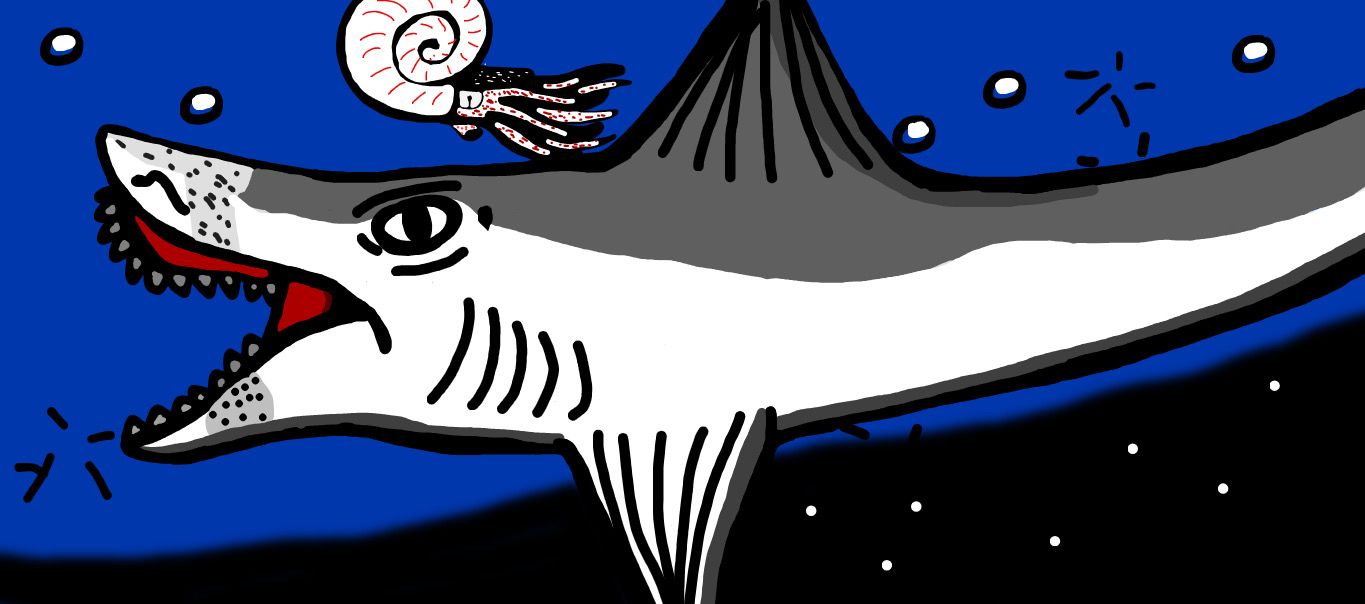
Edestus, known as the “scissor-tooth shark,” possessed one of the most unusual dental arrangements in prehistoric shark history. These Carboniferous predators had continuously growing teeth that formed curved, blade-like structures extending from both upper and lower jaws. The teeth never shed but continued growing throughout the shark’s life, creating a scissor-like cutting mechanism that has puzzled paleontologists for decades.
The function of Edestus’s bizarre dental apparatus likely involved slicing through soft-bodied prey with a scissors-like motion. The continuously growing teeth ensured that the cutting edges remained sharp throughout the shark’s lifetime, providing a self-sharpening feeding mechanism. This unique adaptation allowed Edestus to exploit prey types that other sharks couldn’t effectively process, giving them a significant ecological advantage.
Stethacanthus: The Anvil-Headed Oddity
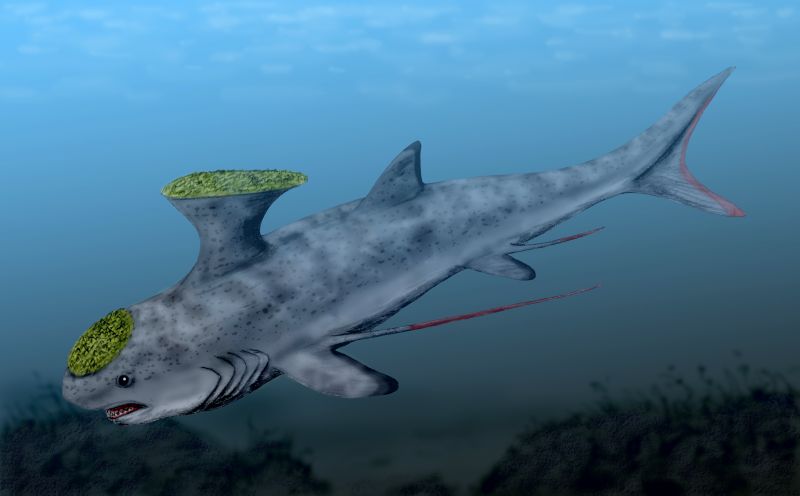
Stethacanthus represents one of the most bizarre sharks ever discovered, sporting a distinctive anvil-shaped dorsal fin structure that looked more like medieval armor than a typical shark fin. This Carboniferous predator’s most striking feature was its flattened, brush-like dorsal fin topped with small, tooth-like denticles. The purpose of this unusual structure has generated numerous theories among paleontologists.
The anvil-shaped fin of Stethacanthus may have served multiple functions, including species recognition, intimidation displays, or even as a specialized feeding apparatus. Some researchers suggest it might have been used for cleaning parasites from larger marine animals, similar to modern cleaner fish. This unique adaptation demonstrates the incredible diversity of forms that prehistoric sharks could evolve to exploit different ecological niches.
Survival Strategies in a Dangerous World
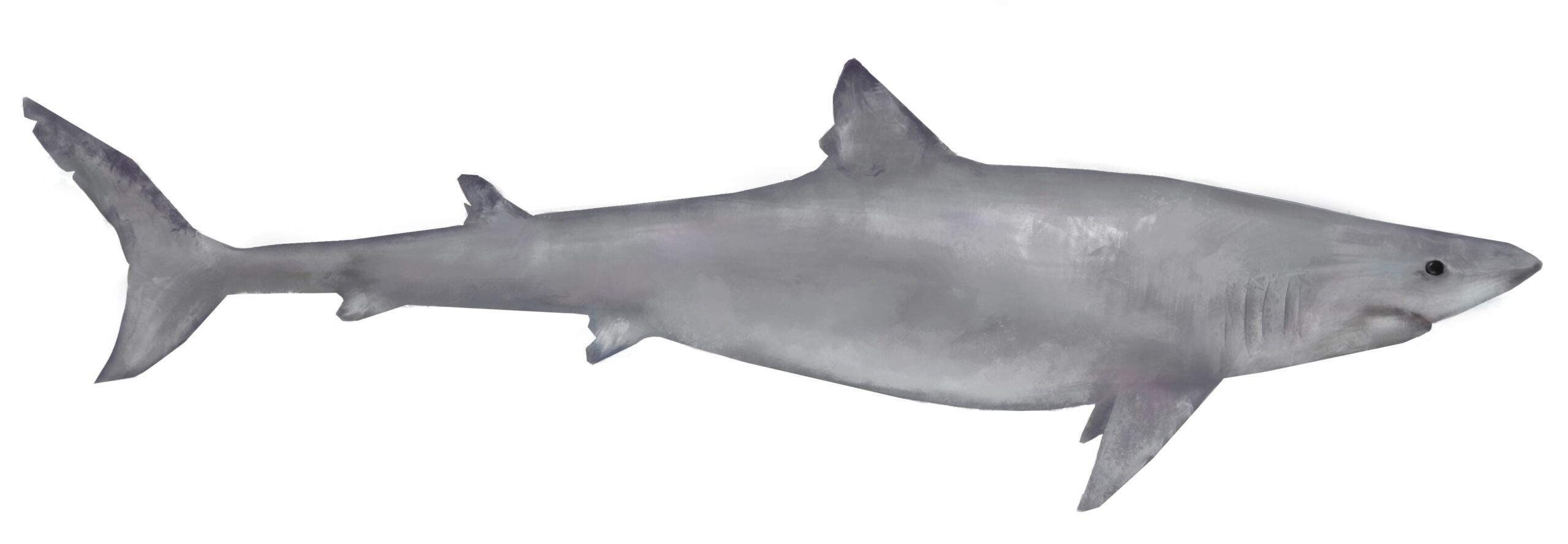
The prehistoric sharks of the Mesozoic Era faced challenges that modern sharks could never imagine. Their oceans teemed with massive marine reptiles like plesiosaurs, ichthyosaurs, and mosasaurs, creating a predatory landscape where even apex predators needed sophisticated survival strategies. These ancient sharks developed remarkable adaptations including enhanced sensory systems, defensive spines, and cooperative hunting behaviors that allowed them to thrive despite the competition.
Many prehistoric sharks evolved specialized niches that reduced direct competition with marine reptiles. Some became bottom-dwellers, others developed shell-crushing abilities, and still others became freshwater specialists. This diversification strategy proved incredibly successful, allowing sharks to maintain their ecological importance even as marine reptiles dominated the most visible predatory roles in ancient seas.
The Great Extinction and Shark Resilience
The end-Cretaceous extinction event that eliminated the dinosaurs also dramatically impacted marine ecosystems, but sharks proved remarkably resilient compared to marine reptiles. While most large marine reptiles vanished forever, sharks survived and eventually flourished in the post-dinosaur world. Their cartilaginous skeletons, diverse feeding strategies, and ability to exploit various ecological niches helped them weather the environmental catastrophe that ended the Mesozoic Era.
The extinction of marine reptiles created new opportunities for sharks to expand into previously occupied ecological roles. This post-extinction radiation led to the evolution of new shark lineages, including the ancestors of modern great whites and the massive Megalodon. The survival and subsequent success of sharks demonstrates the evolutionary advantages of their ancient body plan and adaptable nature.
These prehistoric sharks represent more than just evolutionary curiosities – they were the architects of oceanic predation, perfecting hunting strategies and body designs that continue to influence marine ecosystems today. Their remarkable diversity, from the buzzsaw-toothed Helicoprion to the massive Cretoxyrhina, demonstrates that the ancient seas were far more complex and dangerous than we might imagine. The legacy of these Mesozoic predators lives on in every modern shark, carrying forward hundreds of millions of years of evolutionary refinement and predatory excellence. What secrets might these ancient titans still hold in the fossil record, waiting to reshape our understanding of prehistoric marine life?


